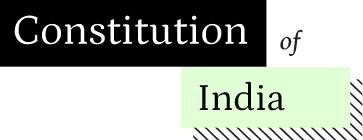May be. This kind of reading has never been known in any constitutional or legislative history in any part of the world; and somehow or other, I was an unconscious instrument in creating this mischievous state of affairs. I had suggested at a very early stage the idea of the Drafting Committee revising the work of the second reading. I had a suspicion that the way in which we were proceeding would lead to many mistakes. I therefore suggested a rule that the Constitution as settled at the second reading be sent to the Drafting Committee for revision. It was then strenuously opposed by Dr. Ambedkar, but ultimately he agreed and we can now see the practical value of the rule. The unfortunate result of that procedure was that whatever was intricate or difficult or anomalous began to be made over to the care of the Drafting Committee. There was however a condition that the Drafting Committee should make changes only of a formal nature and further amendments by members should be limited to those amendments. The power given to the Committee was similar to that given to the Secretary in the Legislatures. An unforeseen result of the rule was that a large number of anomalies could not be considered by the House and were shut out at the second reading. This was due to another rule introduced at the instance of Shrimati DurgaBai. Punctuation, grammatical and other formal amendments were passed over as if these were nothing. They have never been considered by the Drafting Committee and the House was absolutely debarred from considering them. This reading may, to my mind, be fittingly described as the fourth reading. It is something of a new precedents for the world.
